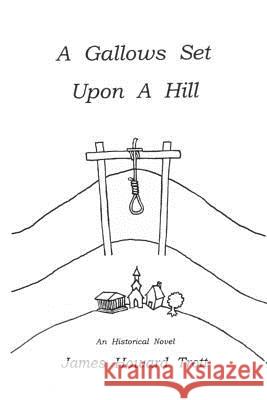A Gallows Set Upon A Hill » książka
A Gallows Set Upon A Hill
ISBN-13: 9780986101045 / Angielski / Miękka / 2015 / 670 str.
Although the phrase "separation of church and state" was not used until President Jefferson's letter to the Danbury Baptists in 1802, and did not obtain its current usage until the 1940s, yet nothing in American history so subtly but thoroughly contributed to that idea as the Salem Witch troubles of 1692. Despite their huge impact on the colonies, and nation emerging from them, the story of what actually happened has been obscure, hid in mythological wrappings. Arthur Miller's The Crucible is most people's source of information about these strange events, yet Miller's primary agenda was to pen a parable about the McCarthy era. What actually went on in Salem Village in 1692 was much more complicated - and more representative of us all. Miller's chief error may have been making the trials appear the work of a few zealots. Thousands of actual court documents are available and the author has incorporated many of these. He presents the "troubles" as a drama of diverse influences affecting the whole population of New England. "The witch business" was entirely a conflict within the American church, thus this novel challenges those who regard our origins as pristine. "Lord, Lord," said they all, but this telling indicates it was at other altars many bowed. It is at other altars many sought a blessing - and it is on other altars that the unholy sacrifices were made. As the seriousness of the trials became evident, the Governor of Massachusetts sought direction from the leading ministers of Boston. These men, Puritans, Congregationalists, but also in their own minds, scientists, were unable to see their own errors or those of their disciples. Their compromising statements and actions facilitated the deaths of 23 innocent persons. In this regard, then, the story is reminiscent of Dostoevsky's "Grand Inquisitor." This novel might also be placed in the stylistic tradition of Melville's Moby Dick, only instead of the white whale, it is Old Nick himself who is being obsessively hunted. Despite the abundance of records, a few major questions about the witch trials remain unanswered. Whether the author's informed imagination has given us satisfactory answers, each reader will decide for himself. In a final postscript, Trott informs us which parts of this story are fact and which fiction.











